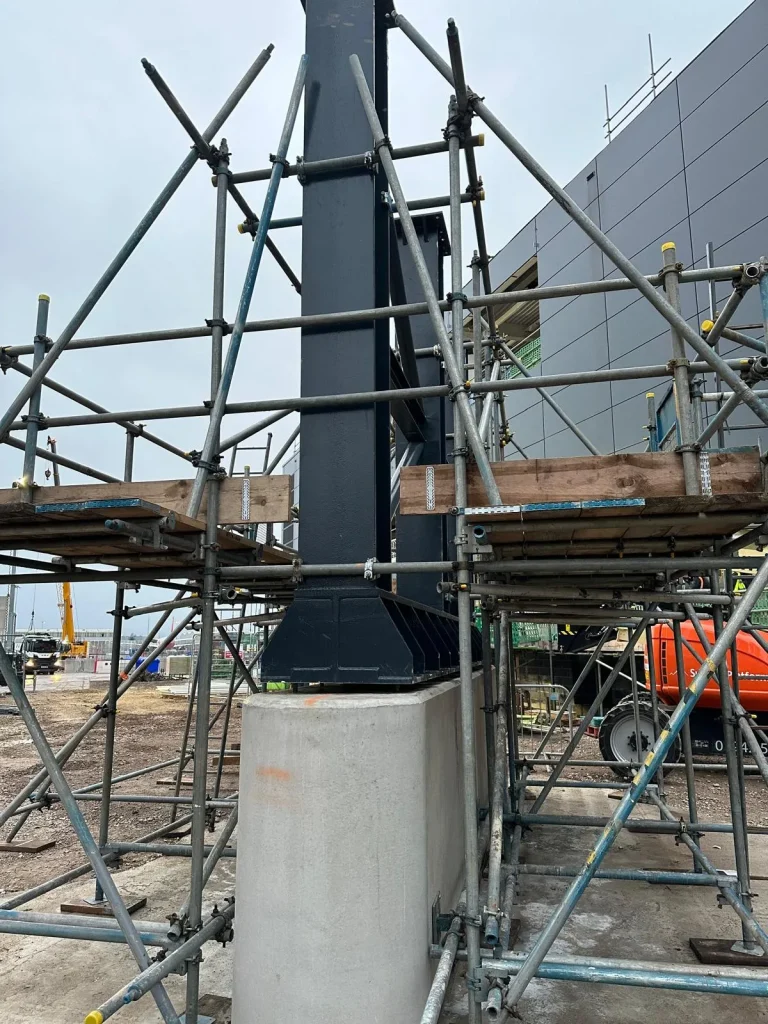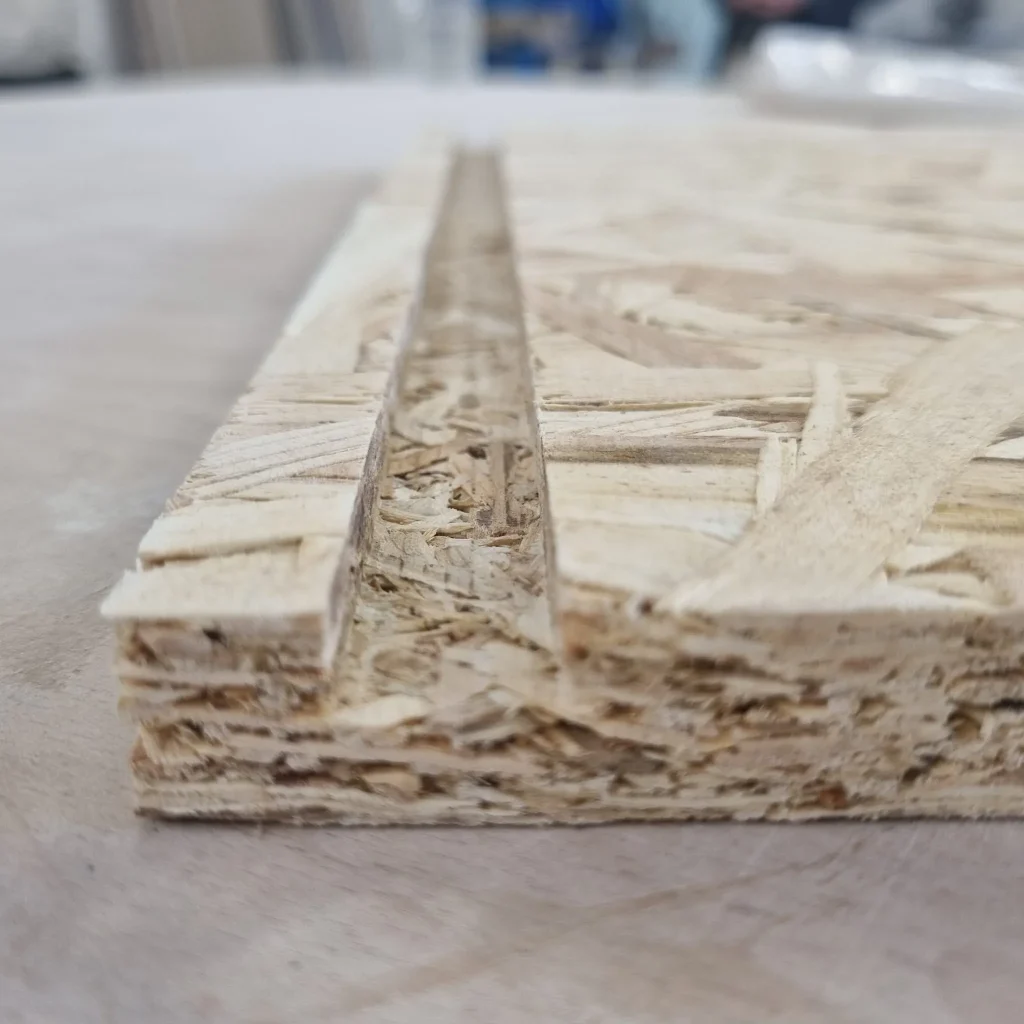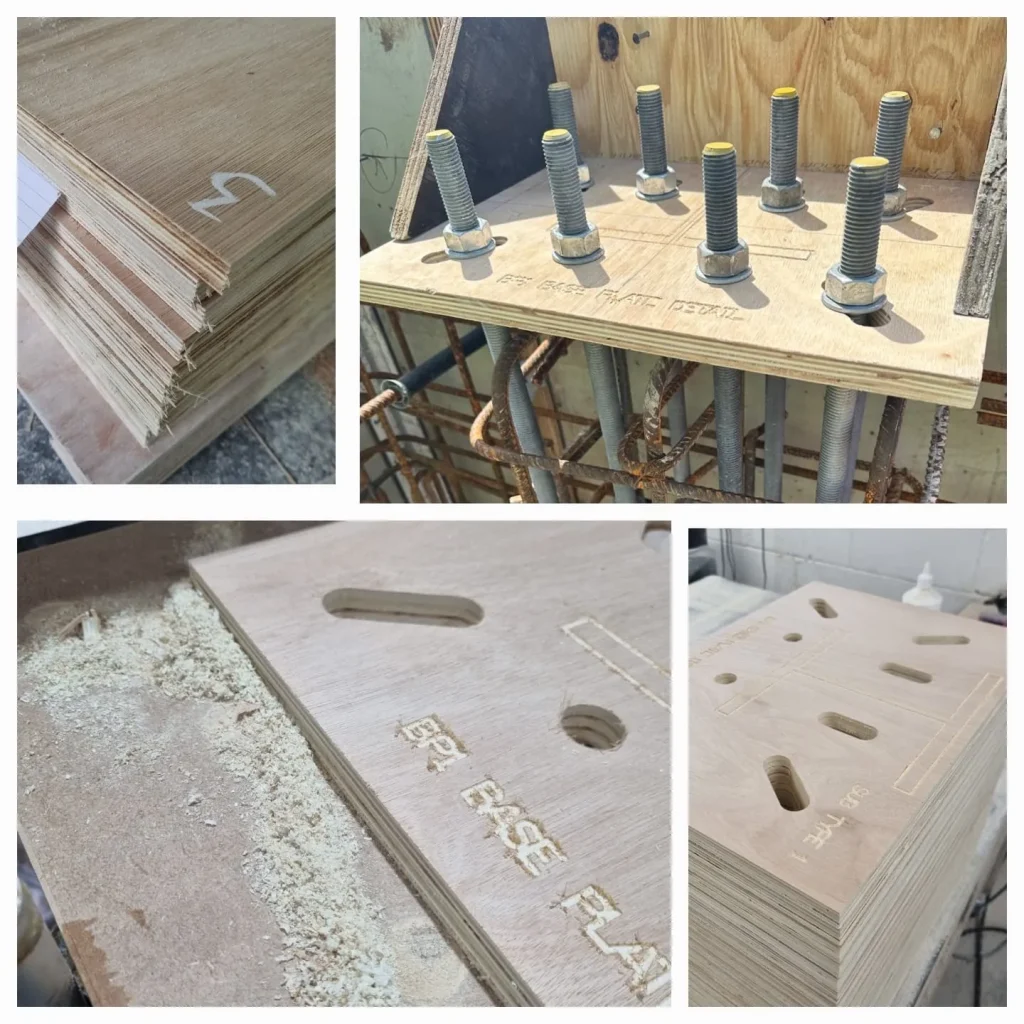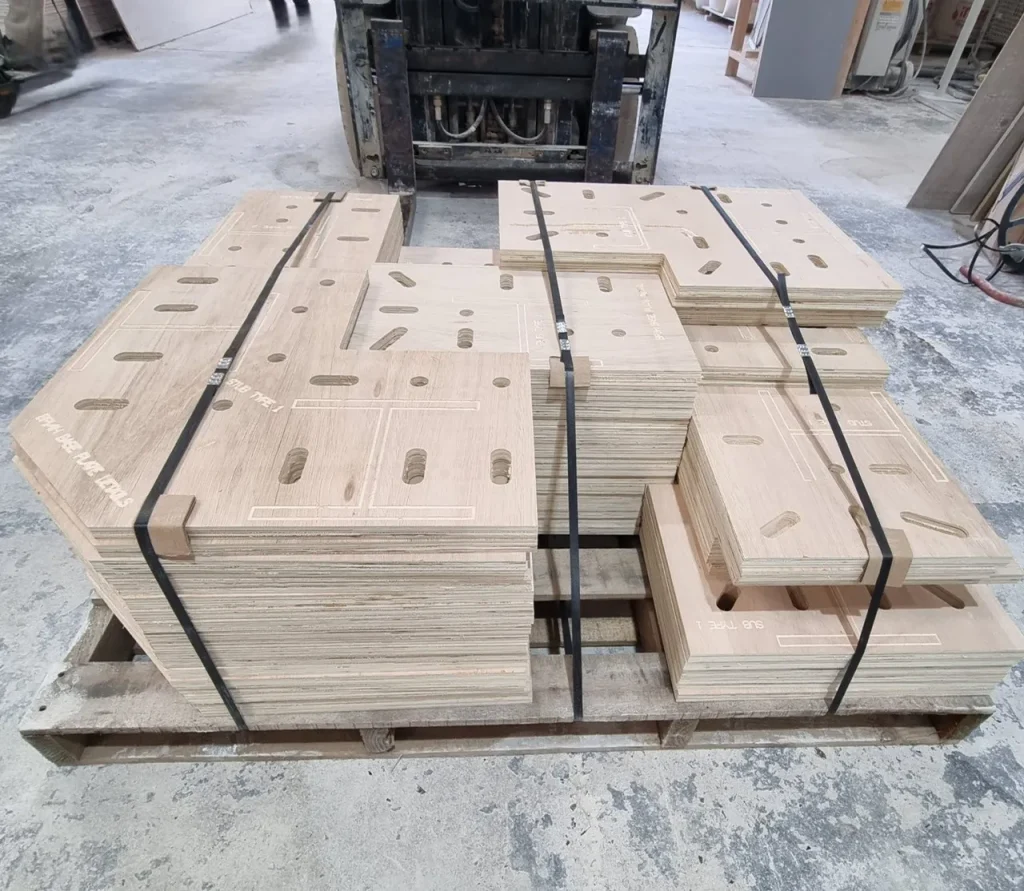Custom pattress design is revolutionising the construction industry. It offers tailored solutions that meet specific architectural needs and aesthetic preferences. This approach enhances both the functionality and visual appeal of buildings.
Pattresses are essential in construction, providing support for electrical boxes and other fixtures. Custom designs allow for unique shapes and sizes, accommodating diverse project requirements. This flexibility is crucial for both residential and commercial projects.
Understanding the benefits of custom pattress design can lead to more efficient and cost-effective construction. By integrating innovative materials and technology, custom pattresses contribute to safer and more sustainable building solutions.
What is a Pattress and Its Use in Construction?
A pattress is a flat piece of material used primarily to support electrical boxes or similar fixtures in construction.
It is an essential component that ensures the safe and secure installation of electrical outlets and switches.
Custom pattress designs are increasingly popular in modern construction. They offer tailored solutions that enhance both structural integrity and visual harmony within a space. Their versatility is particularly advantageous in complex architectural projects.
The use of pattresses in construction covers several important functions:
- Providing strong backing for fixtures
- Enhancing structural safety
- Allowing for aesthetic customisation
They play a vital role in both residential and commercial buildings, ensuring installations are both safe and efficient.
Benefits of Custom Pattress Design
Custom pattress designs offer many advantages for construction projects. One key benefit is their ability to fit specific architectural needs. This flexibility allows for unique shapes and materials that standard options cannot provide.
Enhanced structural integrity is another crucial advantage. Custom designs can support various fixtures, reducing the risk of installation failures. This promotes safety and durability in buildings.
The efficiency of installation is also improved. Custom pattresses reduce labour hours by being tailored perfectly to the project’s requirements. This means fewer adjustments and modifications during construction.
Some notable benefits of custom pattress designs include:
- Increased design flexibility
- Improved safety and durability
- Reduced installation time
The Custom Pattress Design Process
Creating a custom pattress involves several steps and skilled collaboration. First, architects and engineers assess the project’s specific needs. This ensures that the pattress will meet both functional and aesthetic requirements.
Designers then craft detailed plans, considering size, shape, and load-bearing capabilities.
These designs are vital for the efficient manufacture of the pattress. They allow manufacturers to produce exact components.
Material selection is also a critical step. The chosen materials must align with the project’s demands, such as durability and environmental impact. Selecting the right materials enhances the pattress’s performance.
Key aspects of the design process include:
- Needs assessment
- Detailed design plans
- Material selection
Choosing Materials and Sustainable Options
Selecting the right materials for a pattress is crucial for its durability and performance. Different construction projects may require different materials.
Sustainability is an increasing concern in construction. Using eco-friendly materials can reduce environmental impact. This consideration is vital for projects aiming for green certifications.
When choosing materials, factors to consider include:
- Durability and strength
- Environmental impact
- Cost-effectiveness
Proper material selection enhances not only the lifespan of the pattress but also the overall efficiency of the construction.
Reliable Supply and Project Success
A dependable supply chain is key to the timely execution of construction projects. Delays in receiving bespoke pattresses can stall entire phases.
Ensuring a reliable supply requires coordination with manufacturers and transporters. Key factors include:
- Consistent product quality
- Timely delivery schedules
- Effective communication lines
By prioritising these elements, construction projects can stay on track, maintaining both timelines and budget constraints.
Conclusion: Enhancing Construction with Custom Designs
Bespoke pattress designs offer invaluable benefits in the construction industry. They enhance the structural and aesthetic qualities of buildings.
By choosing tailored solutions, projects become more efficient and cost-effective. As a result, they achieve unique and lasting impacts in their architectural endeavours.






